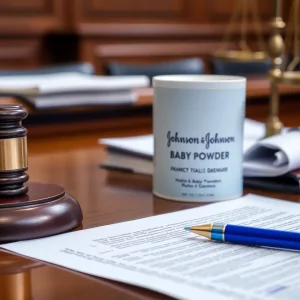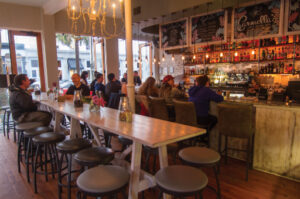Charleston Gears Up for New Bike and Pedestrian Bridge
Charleston is bustling with excitement as plans for a new bike and pedestrian bridge connecting West Ashley to the Charleston peninsula are moving forward. Construction is set to kick off next month, and while that might sound like a cause for celebration, recent developments in the city’s plans have sparked some debate among locals.
A Bridge to Connect
The bridge has been a long time coming, with original designs intended to connect to the Medical University of South Carolina (MUSC), one of the city’s largest employers. But recently, Mayor William Cogswell proposed some changes that could alter this direct link, stoking concern from community members and officials alike.
The plan is to cross the Ashley River just south of the U.S. Highway 17 vehicular bridges, ultimately tying into the existing West Ashley Greenway. The mayor’s proposal, however, is to steer cyclists and pedestrians away from directly accessing the busy Medical District. Instead, he suggests that they head north to Brittlebank Park or south to the marina through a series of floating docks as part of a project dubbed the Ashley Riverwalk.
A Safer but Circuitous Route
At a recent City Council committee meeting, Cogswell acknowledged that this route might be a bit more winding. His rationale behind this proposal hinges on enhancing safety for cyclists and pedestrians, particularly concerning the existing traffic patterns on Lockwood Drive. The current layout includes a “slip lane” that merges bridge traffic without interruption, making it tricky for non-motorists attempting to cross. Cogswell is pushing back on the idea of pedestrians and bikers crossing at this location due to potential hazards.
The Community Weighs In
While Cogswell’s focus on safety is commendable, there are voices in the community, like Katie Zimmerman from the advocacy group Charleston Moves, who are advocating for the original direct access to the Medical District to be reinstated. “Connecting the highest populated area of the city with the densest employment center was a huge purpose behind this whole thing,” she noted.
Councilman Karl Brady echoed this concern, questioning how commuters would manage traveling the additional distance before reaching the Medical District. Those hoping to bike their way to work could end up taking a route that adds nearly half a mile to their journey, which raises eyebrows among locals who hope for practicality as much as safety.
Funding and Future Concerns
Interestingly, this project has already seen its price tag soar from $22 million in 2019 to nearly $100 million today. Fortunately, much of this funding comes from federal grants. The mayor clarifies that while the city is responsible for about $13 million, the extra costs associated with potential design tweaks might be offset if they address necessary perimeter protections against rising sea levels during construction. This foresight is critical, considering the looming threat of climate change and flooding in Charleston.
The project has received approval from federal officials, but Cogswell is keen on ensuring that the bridge construction incorporates adequate protective measures for the future. His terms like “battery extension” signal a proactive approach as he aims to elevate the design in anticipation of rising seas threatening the peninsula.
A Worthy Investment for the Community
Despite the changes sparking discussions around accessibility and safety, many in Charleston recognize the investment as a step toward a more bike-friendly city and as a way to promote a healthier lifestyle. Whether people are commuting to work or just taking a leisurely ride, a well-designed bridge could open up new paths for the community to explore.
As construction gears up, Charleston’s focus now shifts to striking the right balance between safety, accessibility, and sustainability. With the city leaders, community members, and eager bikers all raising their voices, it will be interesting to see how this bridge transforms the local landscape.
Keep an eye out for more updates as this project progresses and we pave the way for a safer and more connected Charleston!



























